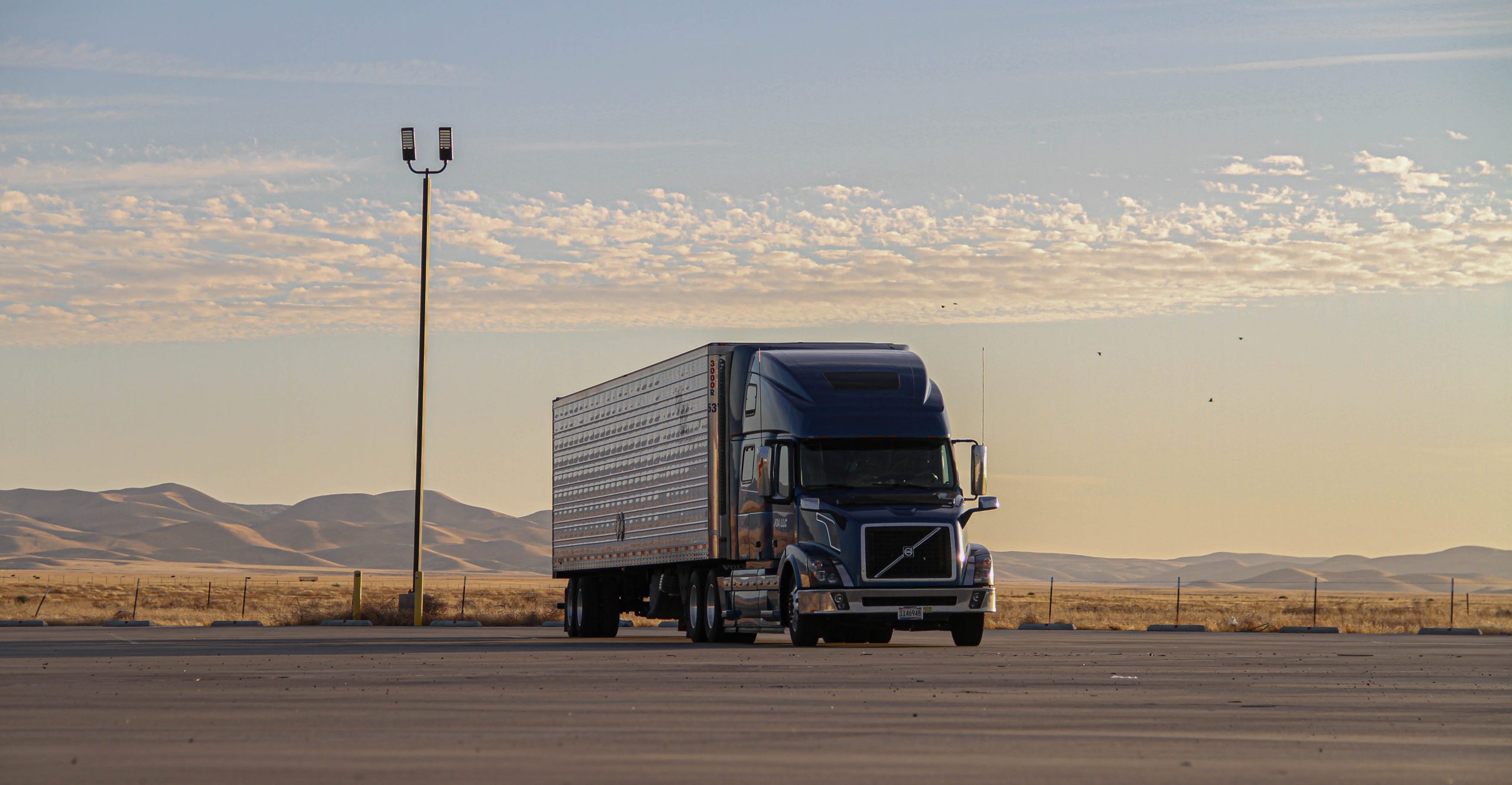What Is Cross-Docking?
 What Is Cross-Docking?
What Is Cross-Docking?
Typically used in industries such as grocery, retail, parcel, and e-commerce, cross-docking is defined as a logistics strategy that involves the transferring of inventory directly from inbound vehicles, such as trucks and containers, to outbound vehicles with minimal to no storage time in between.
With cross-docking, businesses can fast-track their retail fulfillment process for bulk inventory shipments and minimize the need for long-term warehousing. Cross-docking is often used for products with high turnover rates or perishable items that require quick delivery.
The primary goal of cross-docking is to reduce handling and storage time, allowing for faster and more efficient inventory flow. By reducing the need for storage, businesses can save on warehousing expenses, inventory holding expenses, labor, and reduce the risk of inventory obsolescence.
How Can It Help Your Business?
The feasibility and advantages that come along with cross-docking can vary depending on the nature of the business. By optimizing inventory management, improving order fulfillment, and minimizing transportation costs, cross-docking allows businesses to streamline and expedite their supply chain operation.
Save on Costs: Cross-docking eliminates the need for storage and handling costs associated with warehousing. With inventory being transferred directly from inbound vehicles to outbound vehicles, there is less need for material handling equipment, storage space, and labor, resulting in significant cost savings for businesses.
Improves Supply Chain Efficiency: Businesses can improve their overall supply chain by reducing transportation and storage-related delays. With no holding time, businesses can optimize their transportation schedules and improve the flow of goods through the supply chain, leading to better overall supply chain performance.
Facilitates Just-In-Time (JIT) Inventory: When it comes to just-in-time inventory, cross-docking is perfectly aligned with JIT principles. With JIT, businesses aim to receive goods exactly when they are needed, minimizing associated inventory and carrying costs. Cross-docking enables companies to receive products on time and ship them out immediately, supporting the JIT approach and reducing the need for large inventory stockpiles.
Improves Customer Satisfaction: The cross-docking process allows companies to enhance overall supply chain flexibility, ensuring faster delivery of products to clients and improving overall supply chain responsiveness. When there are no delays in the supply chain operation, companies can expedite the shipping process and achieve faster order fulfillment, which leads to customer satisfaction and better long-term relationships with clients.
By improving supply chain efficiency, promoting cost savings, and enhancing customer satisfaction, cross-docking has become a valuable logistics strategy for businesses across many industries.
 The Pros & Cons
The Pros & Cons
By understanding the pros and cons, companies can make an informed decision about whether cross-docking is suitable for their business or not.
Pros of Cross-Docking:
- Cost-Effective
- Fast Order Fulfillment
- Improved Supply Chain Efficiency
- Efficient Inventory Management
Cons of Cross-Docking:
- Dependence on Timely Delivery
- Requires Coordination & Planning
- Limited Product Customization
- Requires Reliable Suppliers & Carriers
The Difference Between Cross-Docking & Traditional Warehousing

The two main strategies that play a significant role in the logistics industry are cross-docking and traditional warehousing. While they may seem similar to the untrained eye, they possess distinctive characteristics and operational differences that determine their suitability for different types of businesses and supply chain scenarios.
Cross-Docking: Cross-docking is a streamlined logistics approach that involves moving inventory directly from inbound vehicles to outbound vehicles. Cross-docking allows companies to reduce handling costs, bypass long-term storage, and speed up delivery time. This approach tends to be more common for businesses that prioritize fast and efficient order fulfillment.
Traditional Warehousing: On the other hand, traditional warehousing is simply storing inventory in a warehouse until it is needed. Unlike cross-docking, where inventory is picked up and transferred with minimal to no storage time, traditional warehousing allows companies to store their inventory for an extended period of time.
The choice between cross-docking and warehousing depends on many factors, including the nature of the products, customer expectations, supply chain dynamics and overall business objectives. Some businesses may even consider a combination of both strategies, where they use cross-docking for certain goods and warehousing for others.
Takeaways
Cross-docking requires effective coordination and communication among suppliers, manufacturers, carriers, and distribution centers to ensure inventory arrives and departs in a timely manner. It’s also important to keep in mind that cross-docking isn’t meant to suit every logistic scenario or business model. While it offers significant advantages in terms of reducing handling, reducing storage costs, and improving efficiency, it may not be suitable for certain industries.
















